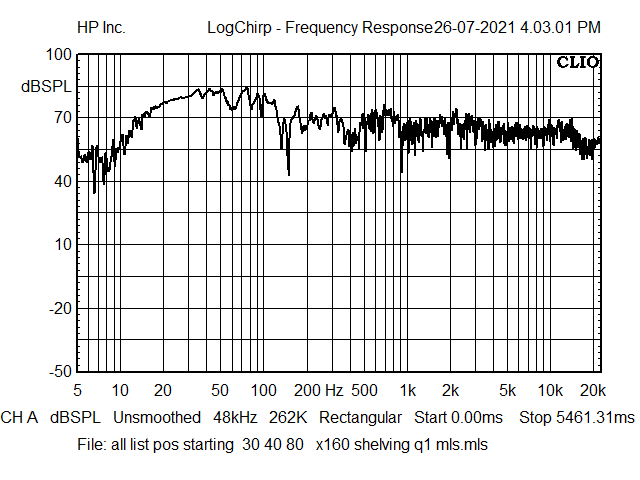On room correction, there is a partial correction option with AudioLense whereby you only correct for the bass frequencies. (I think it was Toole who said, above the Schroeder frequency the speakers are in charge but below it the room is in charge.).Thanks for that confirmation.
I do understand the room correction component of those programs however my goal is to achieve the best response ( B&K I believe - in agreement with Bill) from the speakers, provide the optimum acoustic environment in the room and then, if needed , room correction. I am sure the less you do of the latter the better - and you need some clever averaging of response from multiple locations to get a good overall room response
I am sure there are some very clever algorithms in the software that address these issues but I don't see how it can be as good as a staged approach.
When I have finished I can always test the theory out
Cheers
Phil
My apologies to Bill for dragging this thread OT. We should drop this subject now and return the thread to Bill’s speakers.

















